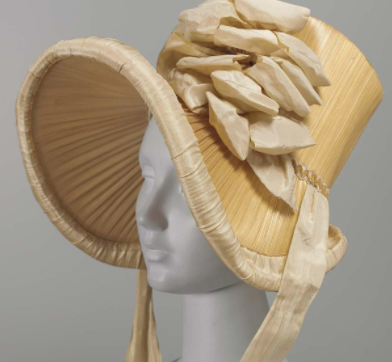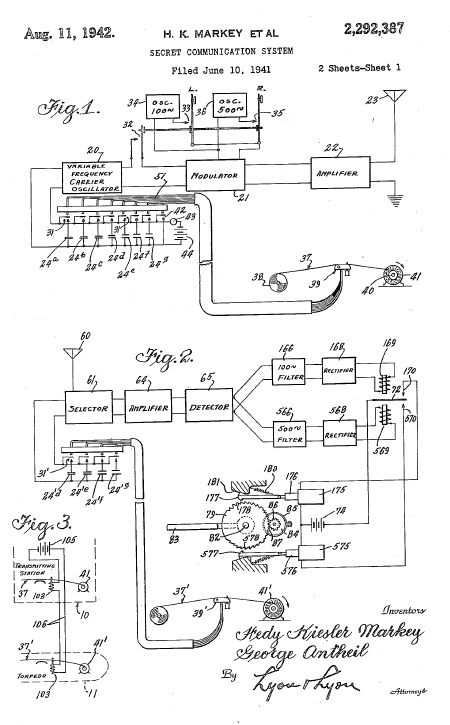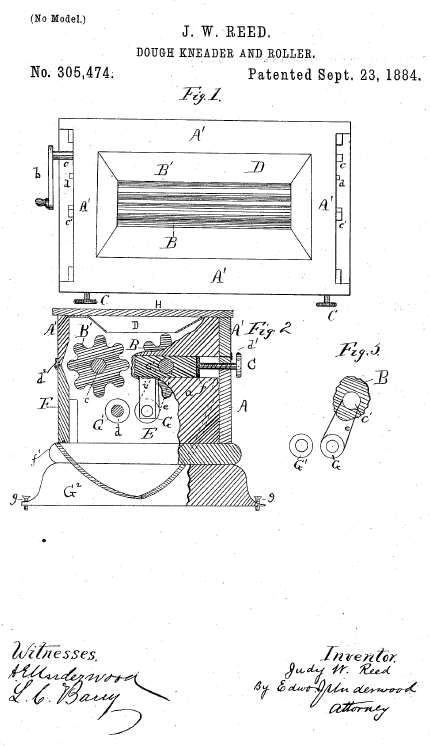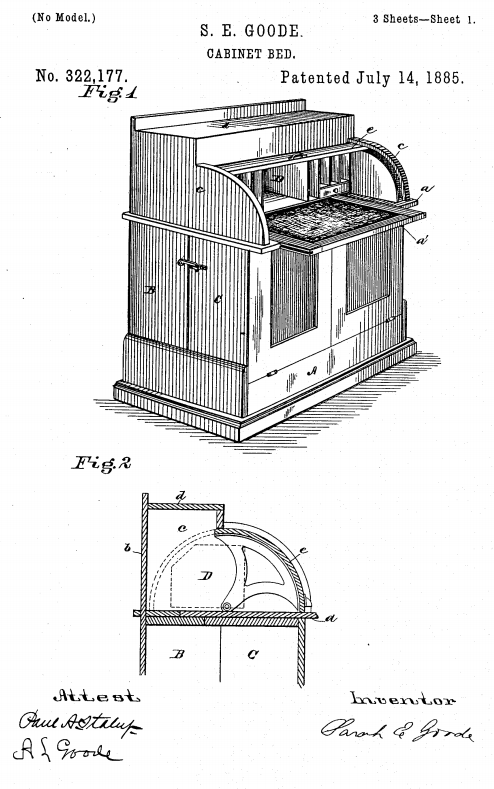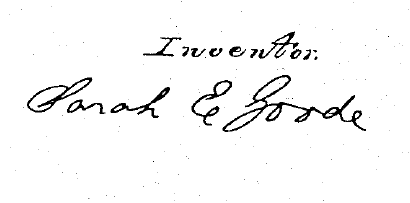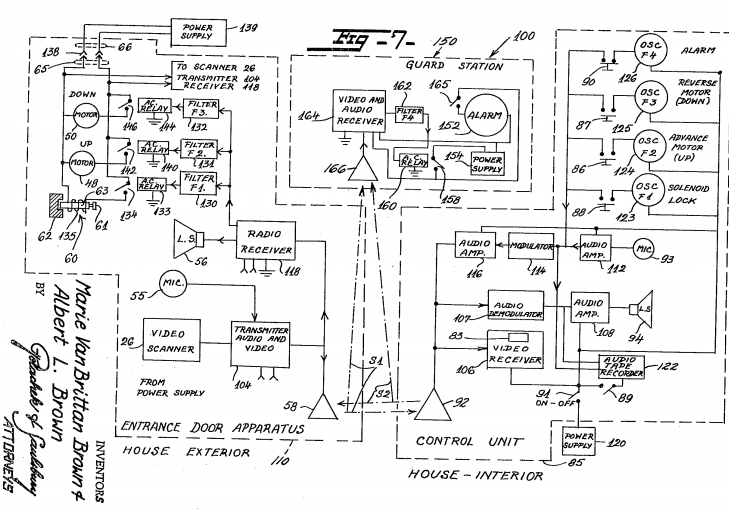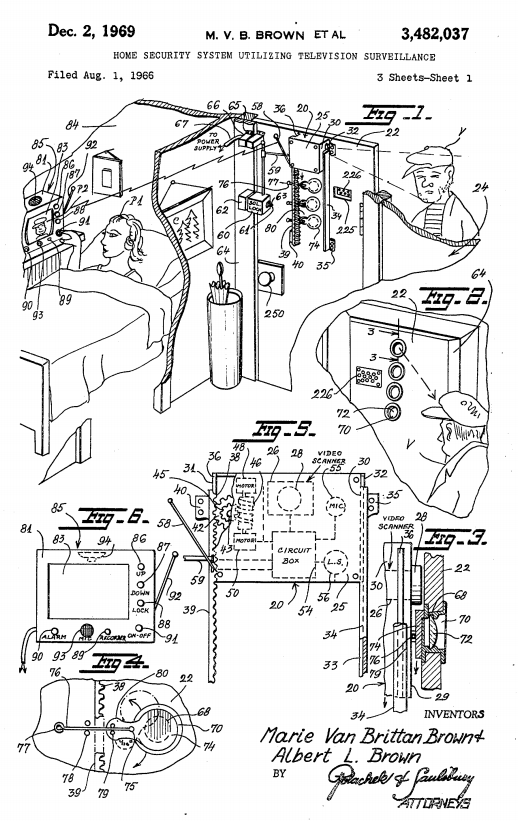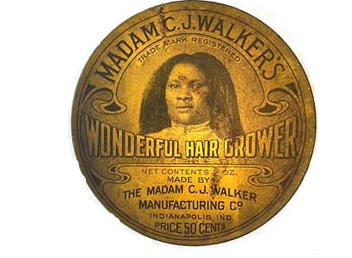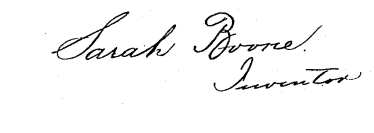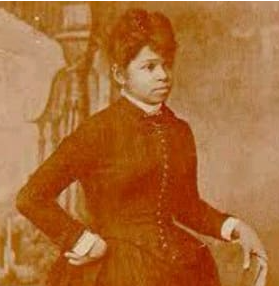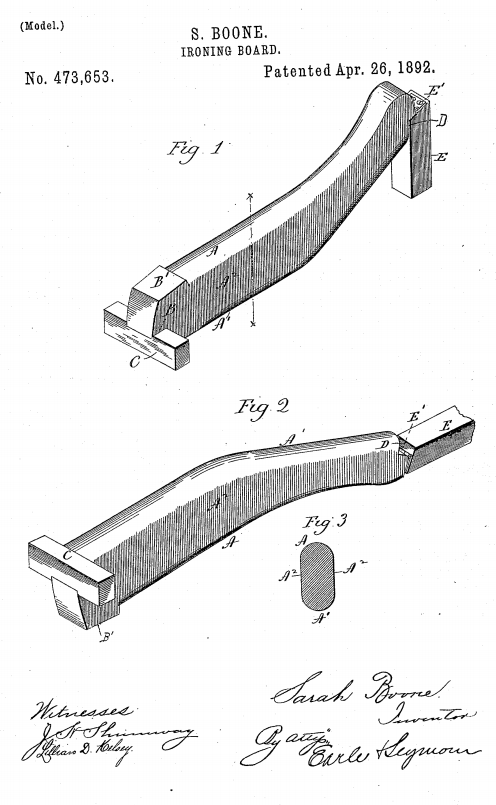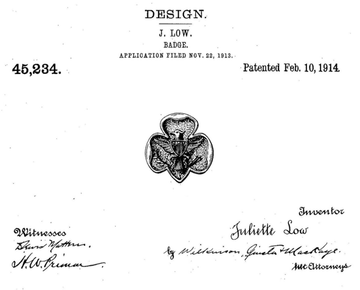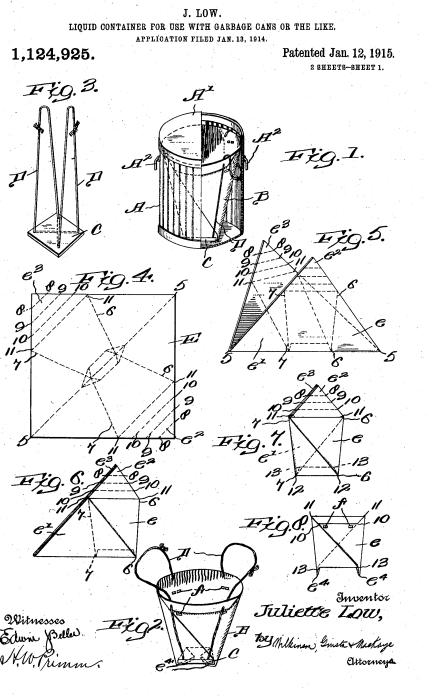Mary Dixon Kies was the first woman to receive a US Patent which was signed by President James Madison himself. On May 5th, 1809 she received a patent for her method of weaving straw with silk and thread. First Lady Dolley Madison praised her for boosting the nation’s hat industry. Unfortunately, the patent file was destroyed in the great Patent Office fire in 1836.
Notable Women Inventors
These ten women are responsible for some of the most innovative patents and inventions and are pioneers everyone should know.
March 11, 2021
Prior to 1790, only men could author a patent. The Patent Act of 1790 opened the door for any male or female to protect his or her invention with a patent. In honor of Women’s History Month, we would like to highlight some notable women inventors. These groundbreaking women were responsible for some historical and innovative patents and inventions.
Promoted as “the world’s most beautiful women,”
Hedy Lamarr (also known as Hedy Kiesler Markey) was both a move star and inventor. Her most notable invention was an early version of frequency-hopping spread spectrum communication for torpedo guidance, also know as the basis for all modern wireless communications and is still in widespread use today.
Judy W. Reed is believed to be one of the first known African American women to receive a US patent for her invention of a “Dough Kneader and Roller” which was granted September 1884. Apart from the patent registration, little is known about Reed and she signed her patent with an “X.” Due to women using initials when signing documents in an effort to conceal their gender, along with not having to disclose their race for patent registrations, it is possible that there could have been earlier African American women to be granted patents, but it is simply unknown.
Sarah Goode is also considered to be one of the first African American women to receive a US patent. In 1885 she applied for a patent for a folding bed that collapsed into a functional roll top desk when it was not folded which would become the predecessor to the Murphy Bed. It was a cabinet bed which folded into a roll-top desk that had sections for writing supplies and stationery.
Marie Van Brittan Brown invented the home security system along with her husband Albert Brown, in 1966 and was granted a patent in 1969. She is also credited with laying the foundation for later security systems that make use of its features such as video monitoring, remote-controlled door locks, push-button alarm triggers, instant messaging to security providers and police, as well as two-way voice communication.
Sarah Breedlove/Madam C. J. Walker was the first female self-made millionaire in the United States. She developed her own line of hair care products specifically designed for African American hair and branded them under the identity as Madam C. J. Walker. She also set up a college to train "hair culturists," which created new employment opportunities for thousands of African American women. While she, herself, did not patent the products inventions herself, Walker’s company was the holder of several.
At Wilson Legal Group PC, our litigation lawyers have years of experience and are ready to handle your legal disputes. For more information on Patents please click the link.

